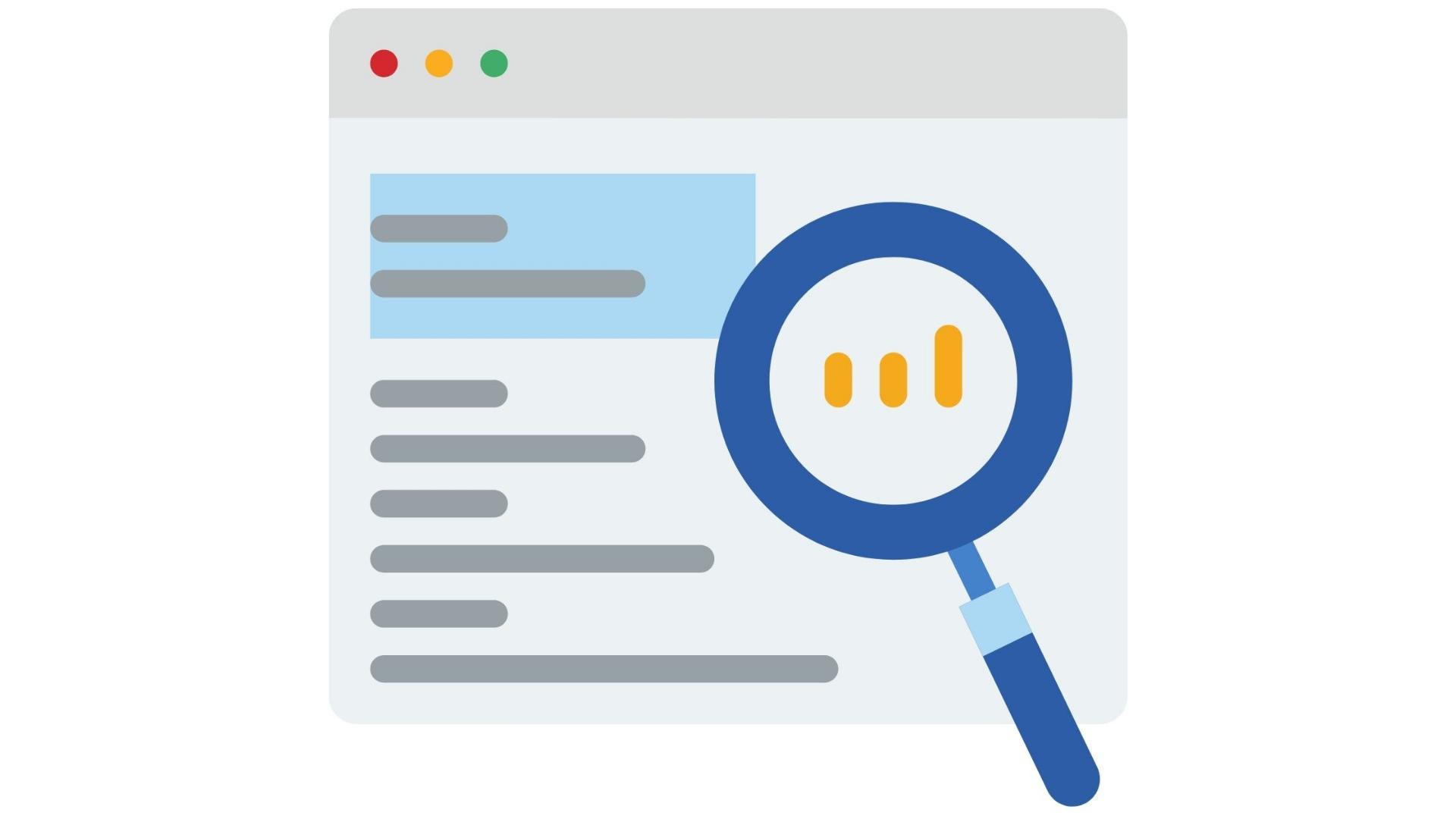“Content Marketing is like a first date. If you only talk about yourself, there won’t be a second one. - David Beebe *So, how do you make a first date work? *You communicate openly and honestly. You are committed to understanding them to the best of your ability. You consistently provide value and make sure their needs are met. Also, hopefully, you make them smile often! That is the same way you can make content marketing work. Your content builds and maintains the relationship between you and your customer base. It is a relationship built on the trust that you would provide them with a great solution to a recurring problem they have. The trust and loyalty you create through content marketing will keep them coming back to you, and keep driving your revenue.
What is Content Marketing?

Content marketing involves creating and distributing valuable content in order to increase brand awareness and attract a specific target audience. Content used in this strategic marketing method is meant to entertain, inform, educate and inspire people. They are up-to-date, relevant, and consistent. The ultimate goal of content marketing is to generate and nurture leads by earning the trust of potential customers, eventually turning them into conversations or sales. The core of good content marketing is providing value and staying consistent. The exact value that you need to provide depends solely on your target audience. You need to have an extensive and intimate understanding of what your specific target audience expects or needs to receive from you, and provide them exactly that. There is no single foolproof way to run a successful content marketing campaign. It all depends on you, your brand, and your audience. Ultimately, all content marketing does is provide solutions and answers to a problem. You figure out a recurring pain point your audience has, and then provide a solution for it. For example, you see that your audience from a specific demographic and a tax bracket does not have access to financial knowledge which specifically caters to them. If you can provide them with comprehensive and up-to-date knowledge along with a product or a service that particularly addresses their pain point, you are delivering true value through content marketing.
A Little Bit of Content Marketing History
Take a quick guess about how old you think content marketing is? 10 years? 20 years? 50 years? Nope! The history of content marketing goes back several centuries. Content marketing has been around ever since humans were using stories or information to sell products and services. A great example of early content marketing is “Poor Richard’s Almanack by Benjamin Franklin (No, not THAT Ben Franklin!) in the year 1732. He used a fun little printed manual to promote his printing business. He basically wrote about his business and printed those manuals by himself, encouraging others to purchase his printing services. A great content marketing effort, if you ask me!
What Is SEO and How Does It Fit In With Content Marketing?

“If you are going to post content on your site anyway, you might as well take the time to make sure Google takes notice of your effort! Search Engine Optimization, or SEO, is one of the most important vehicles that bring your target audience to your content. It involves making your content friendly and easier to be found by search engines such as Google and Bing. It is in no way a method of tricking search engines to rank your content higher, but more of a partnership you have with search engines to provide the best and most valuable search results to their users. SEO and content marketing go hand in hand, in that content marketing is at the heart of a good overall SEO strategy, and good SEO is what drives traffic to the content that you spent a lot of time and energy to create. When you are integrating good SEO practices into your content, however, it is important that you do not get too lost in the technical SEO details that you compromise the quality of the content. One of the most common mistakes done by new content marketers is over-optimizing their content with keywords. While that may have worked to an extent in the past, search engines such as Google are far more sophisticated now than they used to be. There is a regular refining process to search engine algorithms to prioritize nothing but the best content in search results. Therefore, when it comes to content marketing and SEO, the focus should always be on the quality of content first. When you consistently provide high-quality and well-organized content with a sensible keyword density, reader-friendly layout, and links to and from high authority sites, search engines will automatically rank your content high in their search results. To learn more about SEO, keyword research, and everything related to getting organic traffic check out the article on ‘How content marketing is a game changer’.
How Does Content Marketing Work?
There are five main goals to content marketing.
1. Brand awareness
When your content is purposeful and provides value, you prompt an important question in the mind of your reader — “Who wrote this?. Then, they would intentionally make themselves familiar with your brand as a trustworthy provider of solutions to a specific problem. That is the first step in organic brand awareness, which you can accomplish with good content marketing.

2. High-quality lead generation
A lead, or a person with an interest in what you sell, that is generated through content marketing has a higher possibility of conversion since they have already developed a certain trust towards your brand. You are not pushing them towards your brand with overt advertisements. They are coming to you willingly, knowing that what you have provided to them has an apparent value.
3. Building trust and rapport with the target audience
A consistent content marketing strategy eventually creates an emotional connection between the customer and your brand. They engage with your content, actively share them with their peers who are likely to be potential leads. When your brand has a strong and steady rapport with your target audience, they respond to your overall marketing efforts more positively. There is also a higher chance of you being at the top of the customer’s mind when they get the need to purchase the kind of product or a service that you sell.
4. Customer retention and loyalty
To quickly go back to the dating metaphor that we started this article with, when you are honest as a brand and consistently fulfill the needs of your target audience, they are more likely to stay and be loyal to you. A sale is never a “one-and-done event. You want them to keep coming back to you, and to recommend you to their peers as well. (Okay, that particular point may not go too well with the dating metaphor!).
5. Brand authority
Your eventual goal in all your marketing efforts—content and otherwise—is to develop a strong brand authority in your chosen niche or industry. It simply means that your immediate customers and consumers of your product or the service in general trust your brand to be an expert in your industry. For example, global brands such as Apple, Amazon, Google, Microsoft, Coca-Cola, Nike, and Tesla show a great deal of consistent brand authority. That is the level of brand authority you should aspire to your content marketing, no matter the breadth of your niche audience.
Aligning Content Marketing with the Buyer’s Journey

Revenue generation through content marketing is done in several steps. You first attract potential customers or leads, then make a strong case for the product or service that you sell both directly and indirectly, and finally, you turn the attracted leads into conversations or leads. The type of content you have to create in each of these steps is different, and a successful content marketing strategy covers all those stages simultaneously. That way, there is always something for everyone when they stumble upon your website, regardless of how they got there. An effective way to accomplish this task is to align or plan your content alongside your buyer’s journey. It simplifies the process and ensures that no lead is left behind or dropped out halfway through the sales funnel. Perhaps the most important thing when aligning your content marketing with the buyer’s journey is to have a complete understanding of your audience and how they interact with your brand.
The Buyer’s Journey
- The Awareness Stage (Attract)
- The Consideration Stage (Engage)
- The Decision Stage (Delight)
During the awareness stage, your leads are not close to purchasing your product or services. As they go through the journey, they get closer to it. Your task as the content marketer is to attract them, keep them engaged, and then delight them enough to not only convert them but also to keep them coming back.
1. The Awareness Stage
At this stage, your leads are only strangers to your brand. Your content that targets the audience still in the awareness stage should be broad enough to cover a wide scope of problems. Your aim is to make them aware of your expertise in general and to start a meaningful relationship with them. Blogging is a great content marketing channel during the awareness stage. Your content does not have to be directly related to your product or the service, as long as it is somehow related to the niche or the industry that your brand belongs to.
2. The Consideration Stage
Your leads are slowly getting closer to making their purchasing decision at this stage. Therefore, your content should become more direct and solution-oriented. They should prompt your leads to engage with your brand and strengthen the relationship you have with them. At this middle point, you have already caught their attention. They already know that you have the solution to a problem that they have, and they want to make sure you are the best option they have before they make the final purchasing decision. During the consideration stage, your content does not need to focus on educating the leads. It is all about convincing them that you are the best option they have. You need to distinguish yourself from the competitors and be available to them when they are finally making the decision. Email marketing is a great content marketing channel for the consideration stage. You can also use targeted social media content, and also retargeting techniques to give that final nudge needed to finally make the decision.
3. The Decision Stage
At this point, your lead becomes a conversion. It is during this stage that you fulfill all the promises of value you conveyed during the early stages of content marketing. Your aim is to delight them completely but give them the perfect solution to their problem. Moreover, you are also promoting the converted leads to become active organic promoters of your brand by recommending and sharing your brand with their peers. Loyalty programs are great content channels at this stage. You can also continue delivering your targeted email content and the retargeting efforts from the previous stage.
Creating Creative Content

As we discussed in a previous blog post, content marketing is all about storytelling. The success of your content marketing strategy relies on creating innovative content that really tells the story of your brand. That is how customers connect with you. That is how you build trust and authority. In order to create creative content (yes, the alliteration is intentional!), you need to first have a clear idea about who you are as a brand, why exactly you exist, and how you are going to solve problems or help your target audience. Then, it is all about finding creative ways to effectively articulate that story. Thanks to the many creative channels available to you, there are more ways to tell a story than ever. You can write a story, show it, act it, meme it, dance it, sing it, GIF it—you get the idea. The trick is to find ways to capitalize on the emotional connection your target audience has towards the solution you are trying to sell—whether it is a fitness product, a tech product, an app, software, a consultation, etc. Here are a few tips on creating creative content, and distributing them.
Tip #1: Know Your Identity
Your brand identity is what differentiates you from the competition. It is your brand’s personality or the wow factor that you sell, which prompts your audience to choose you over another. Make sure you have a cohesive visual identity across all your marketing materials and platforms. Pay attention to detail. Do not be afraid to experiment and be flexible with your identity in the beginning, so you find the sweet spot of what your story is and what your target audiences connect the most with.
Tip #2: Stick to a Single Story
Trying to make the most of your content by cramming as many stories as possible into it is one of the most common mistakes done by new marketers. You can expand your stories as you grow, but until you gain a sufficient following, continue to tell a single powerful story through all your content. Be clear, be straightforward, and keep things simple. When you are confident about the story you have to tell, a single tweet can be the content that gives you a massive breakthrough.
Tip #3: Keep Things Relevant and Up-to-Date
A meme, a blog, or a Tik Tok video can go viral in an instant, but only if you keep it relevant and up-to-date. Audiences across many platforms are constantly craving cool things that they can instantly engage with. Give them exactly that. Do not wait for weeks to put out a blog. Make sure you have a rapid response team that can instantly identify a viral trend and respond with content that your audience can positively engage with. Remember, the focus in the story you are telling with your content is not you, it’s your audience. That is when they would engage with it.
Tip #4: Keep It Honest and Authentic
Nobody likes a fake story! Brands that constantly exaggerated things and downright lied to people just to get a sale is so 50s and 60s. Audiences are more informed than ever and they do not respond well to fake things. When you speak to your target audience through your content, speak the same you would speak to a friend. Whether you like to present yourself as an expert or a friendly resource to your audience, it is all about keeping things as authentic as possible at all times. As Doug Kessler aptly put, “Traditional Marketing talks at people. Content Marketing talks with them. No matter the type of content you produce, or which channels you may use to distribute to them, always keep them valuable, relevant, and consistent. After all, in content marketing, just like in dating, all lasting and rewarding relationships are built on trust, value, and authenticity!
Conclusion
Content marketing is definitely one of the best decisions that you can make for marketing your brand and growing your company. Content marketing has a lot of benefits and every online business should implement it. If you are not sure how to start your content marketing journey, check our another full guide on content marketing.
![What is Content Marketing? [A Comprehensive Beginner's Guide]](https://www.imagelato.com/images/article-cover-what-is-content-marketing-d8f9acd6-1024w.jpg)